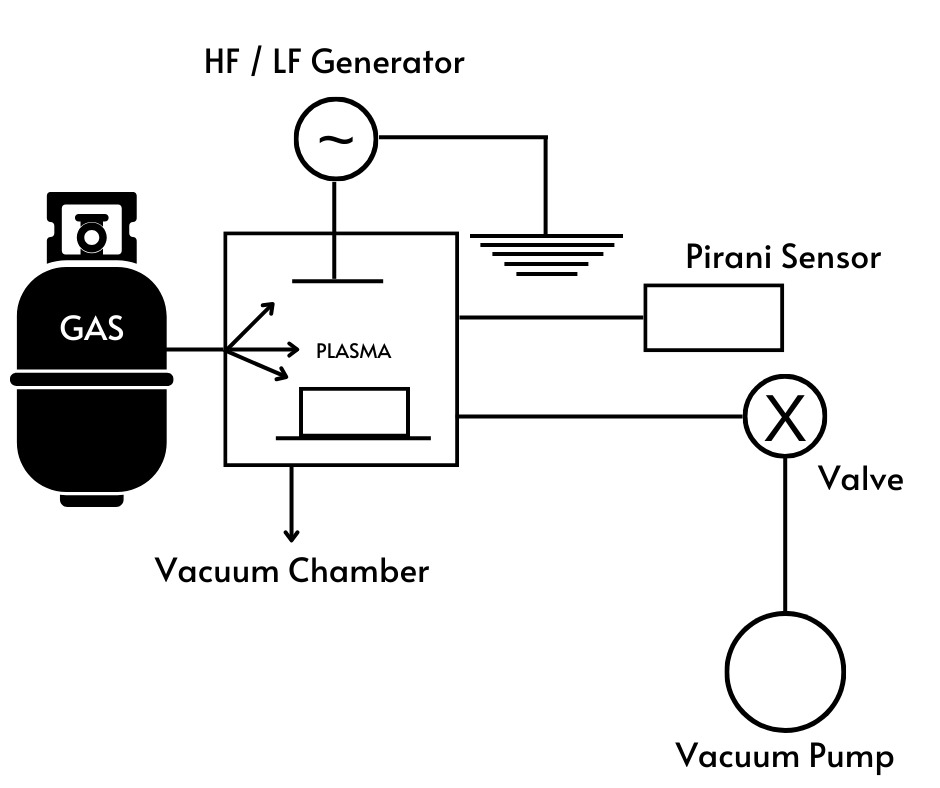- info@eltech.in
- +91-96196 86917, +91-84509 80333

This completely depends upon the production output to be derived which is conveyed by the customer. As the plasma process requires time between 1 to 30 minutes and the size of the material that is to be plasma treated the volume of the chamber is thoroughly calculated.
Each and every process is different from the other. Depending upon the material to be plasma treated the gas or gas mixture has to be used, either the client can tell the gas which is to be used along with plasma, or Eltech depending upon the application can provide a suitable solution.
The part which is exposed to the plasma is going to be treated. The surface can be masked if the plasma treatment is to be avoided on that particular surface.
The Low-Pressure Plasma or Vacuum Plasma System is an extremely environmentally friendly technique to increase or decrease the surface energy of any material. With the help of Eltech’s PLC program and techniques, the last residue of any gas inside the chamber is pushed out and trapped inside a special exhaust filter.